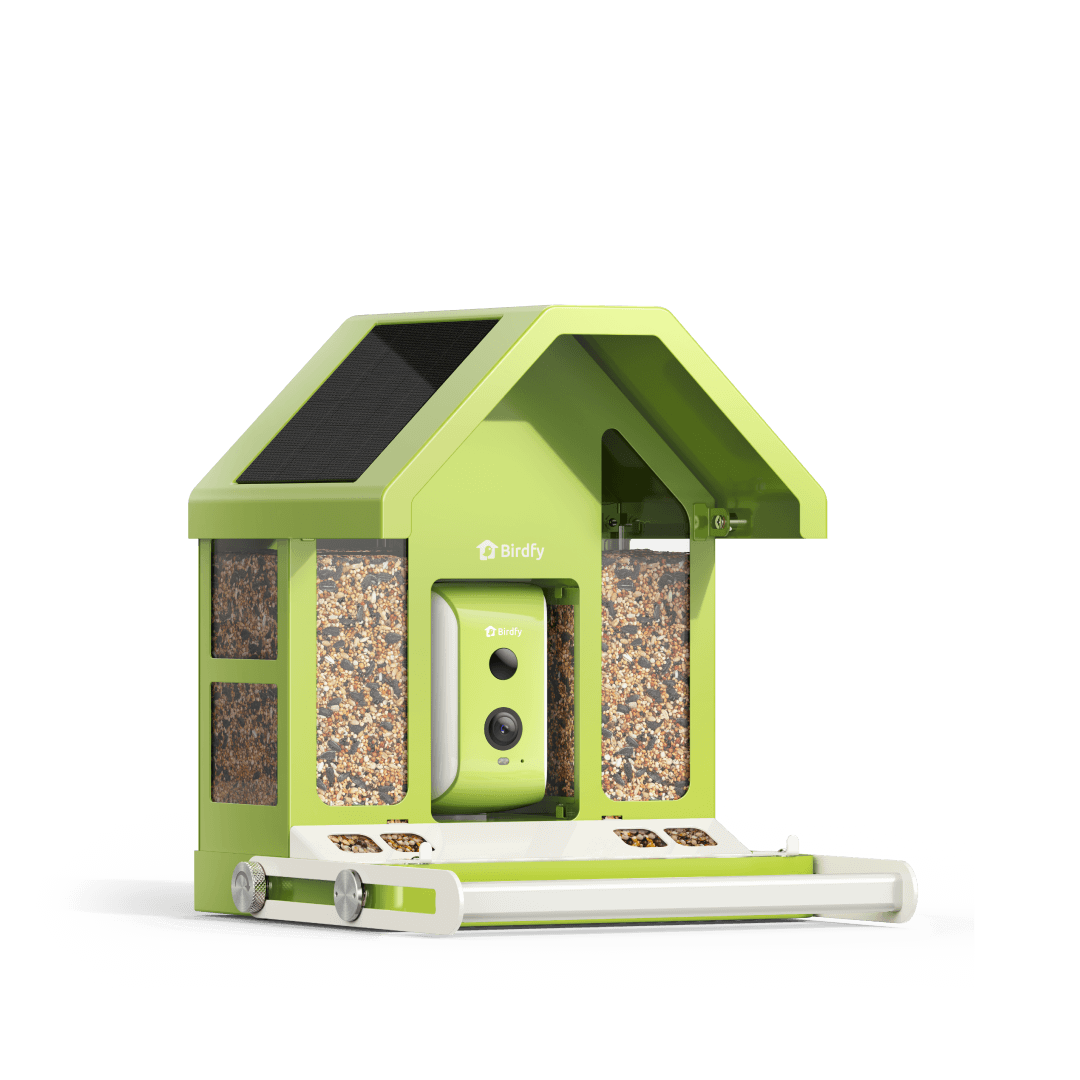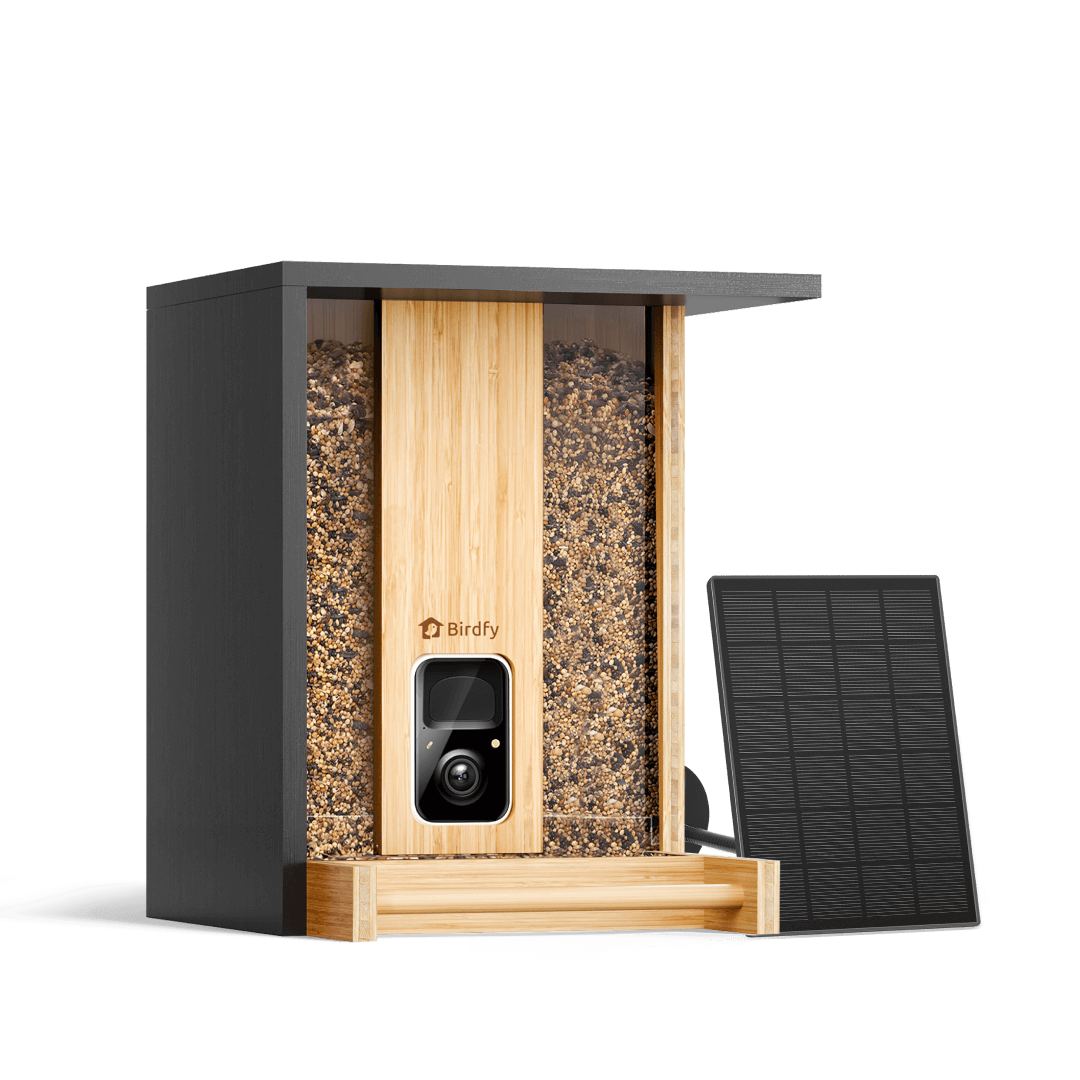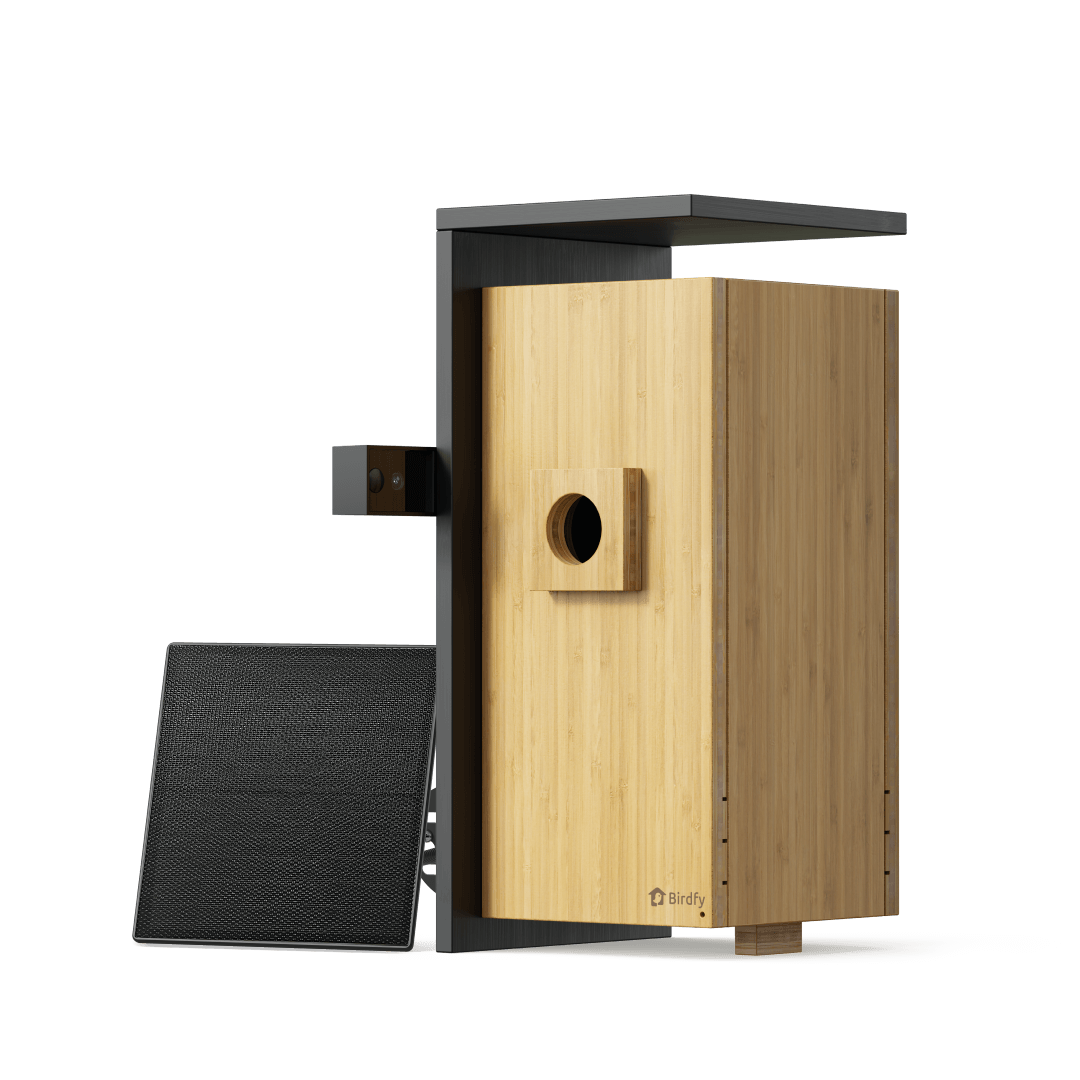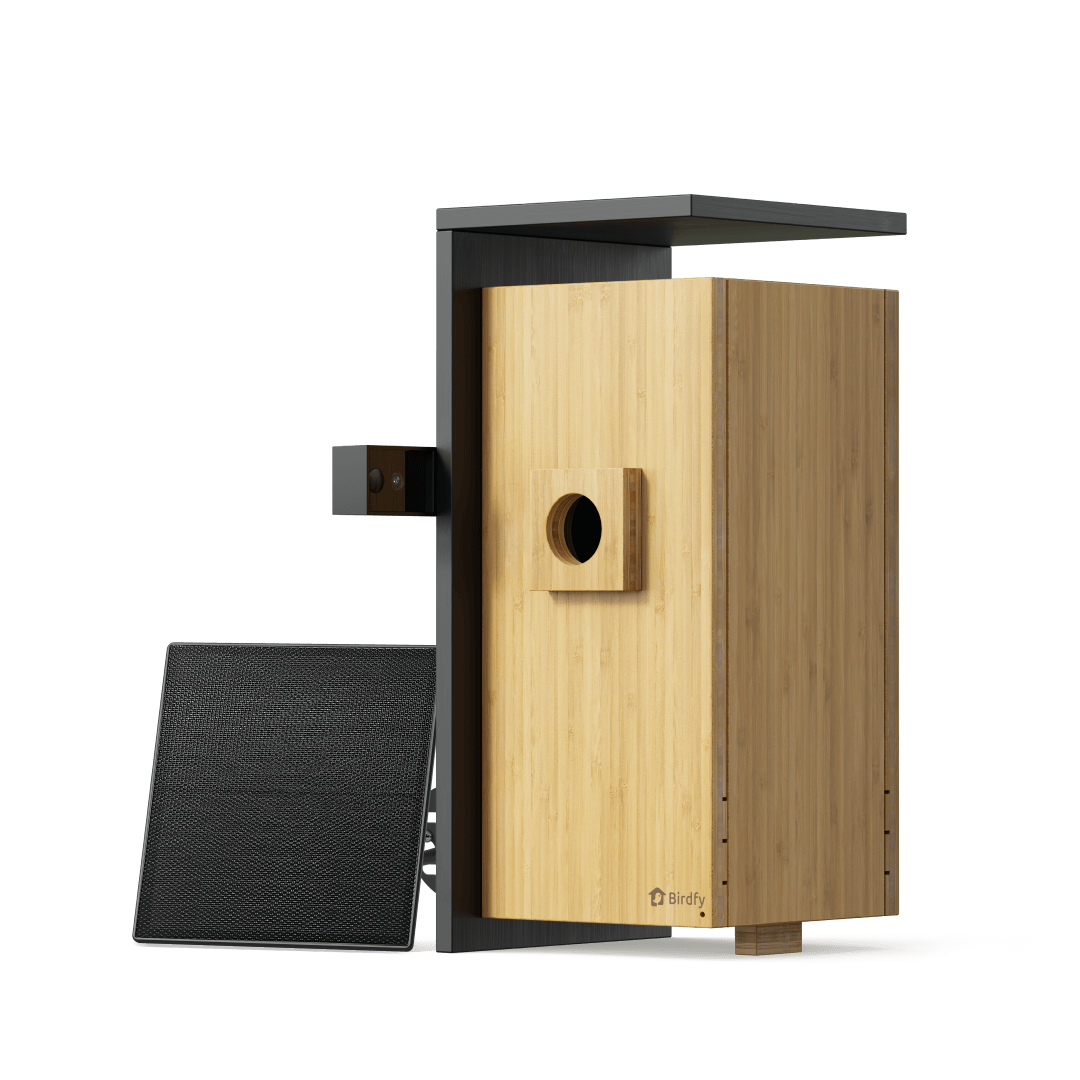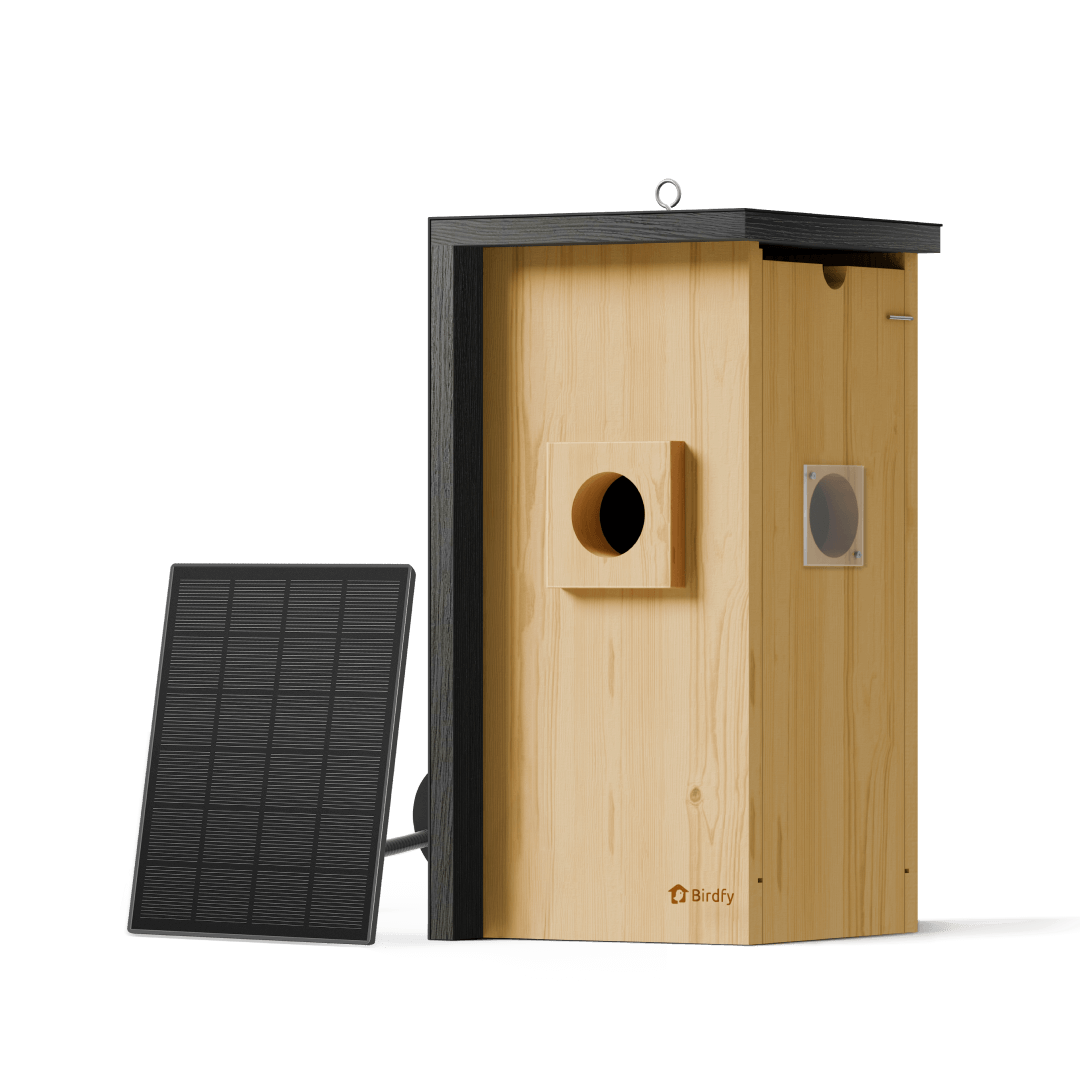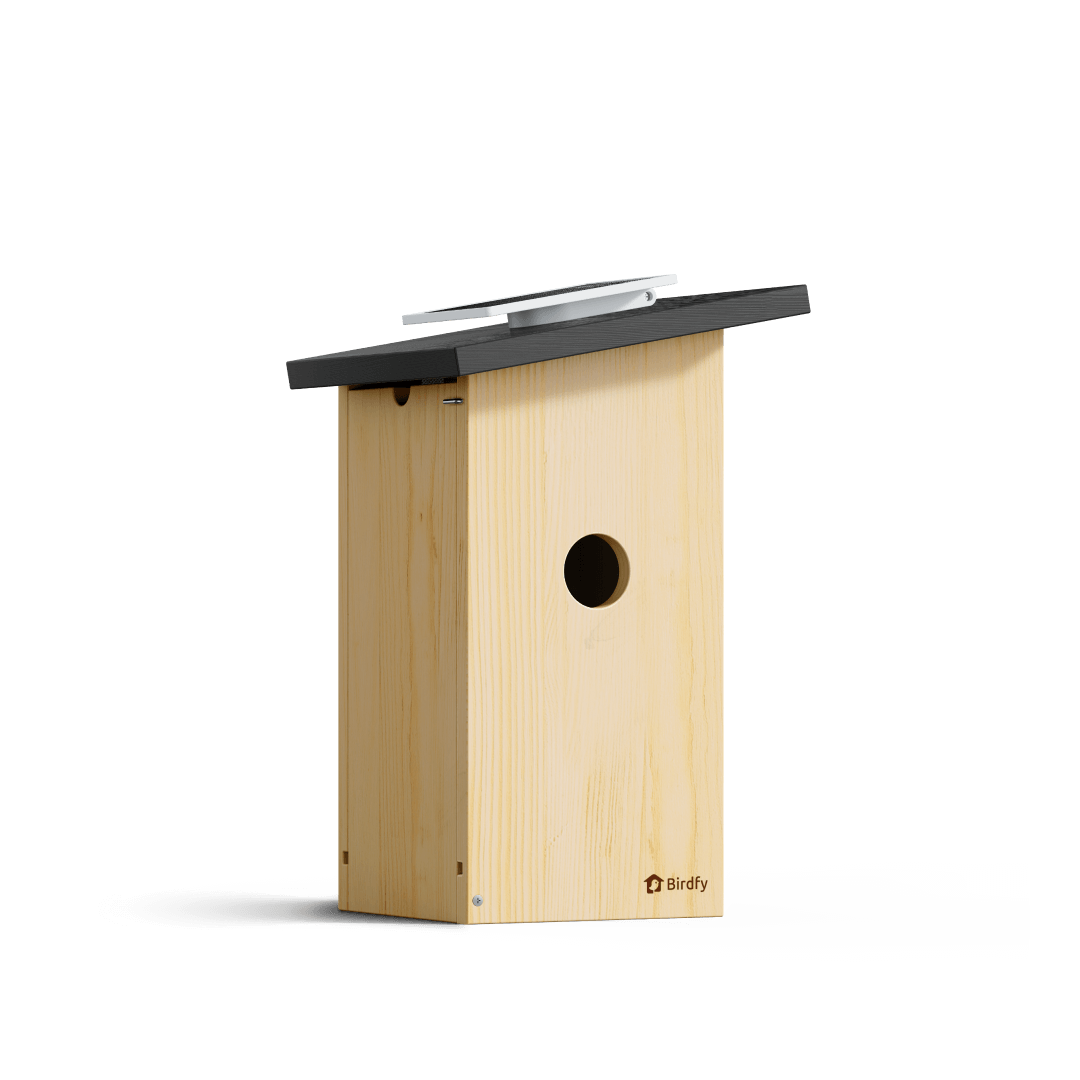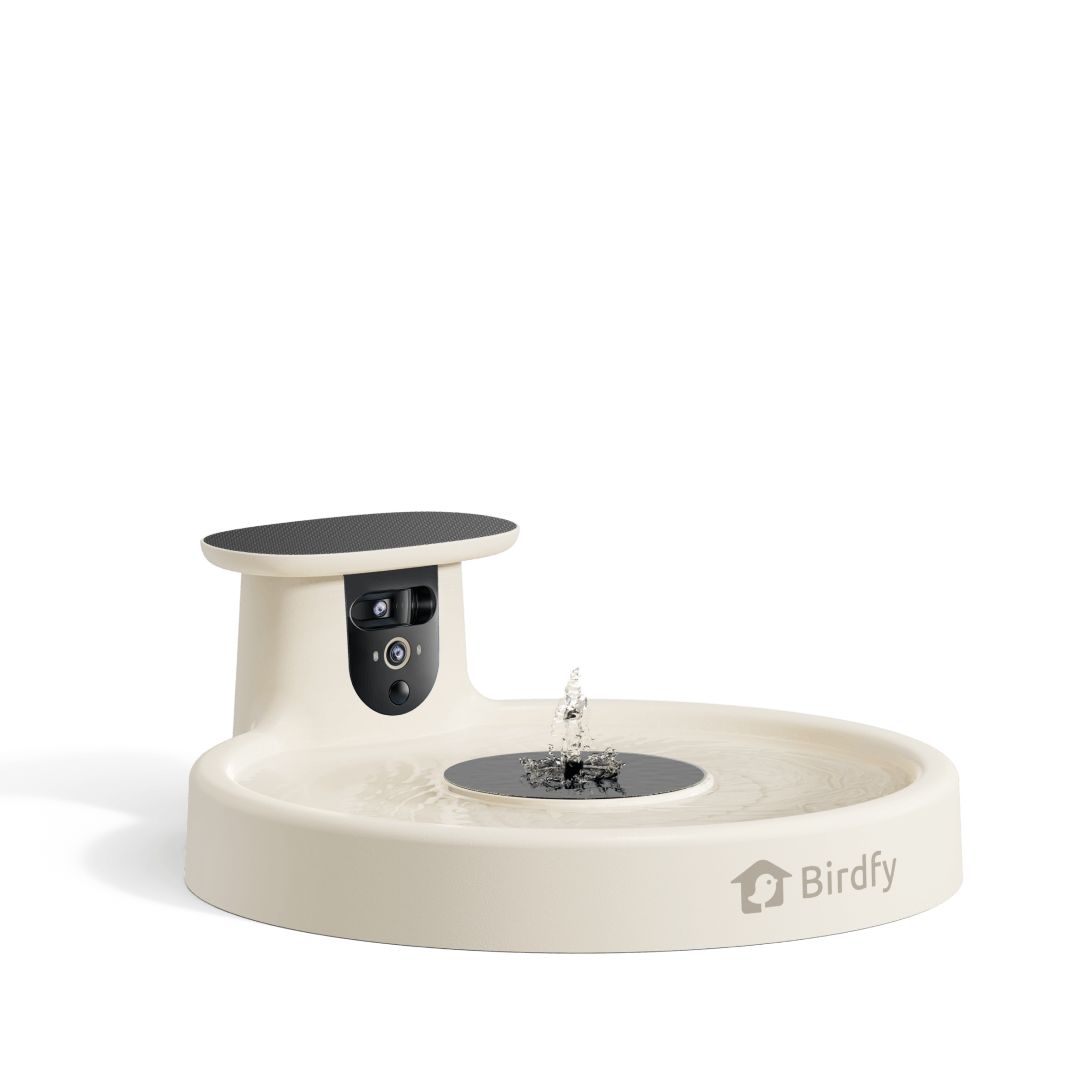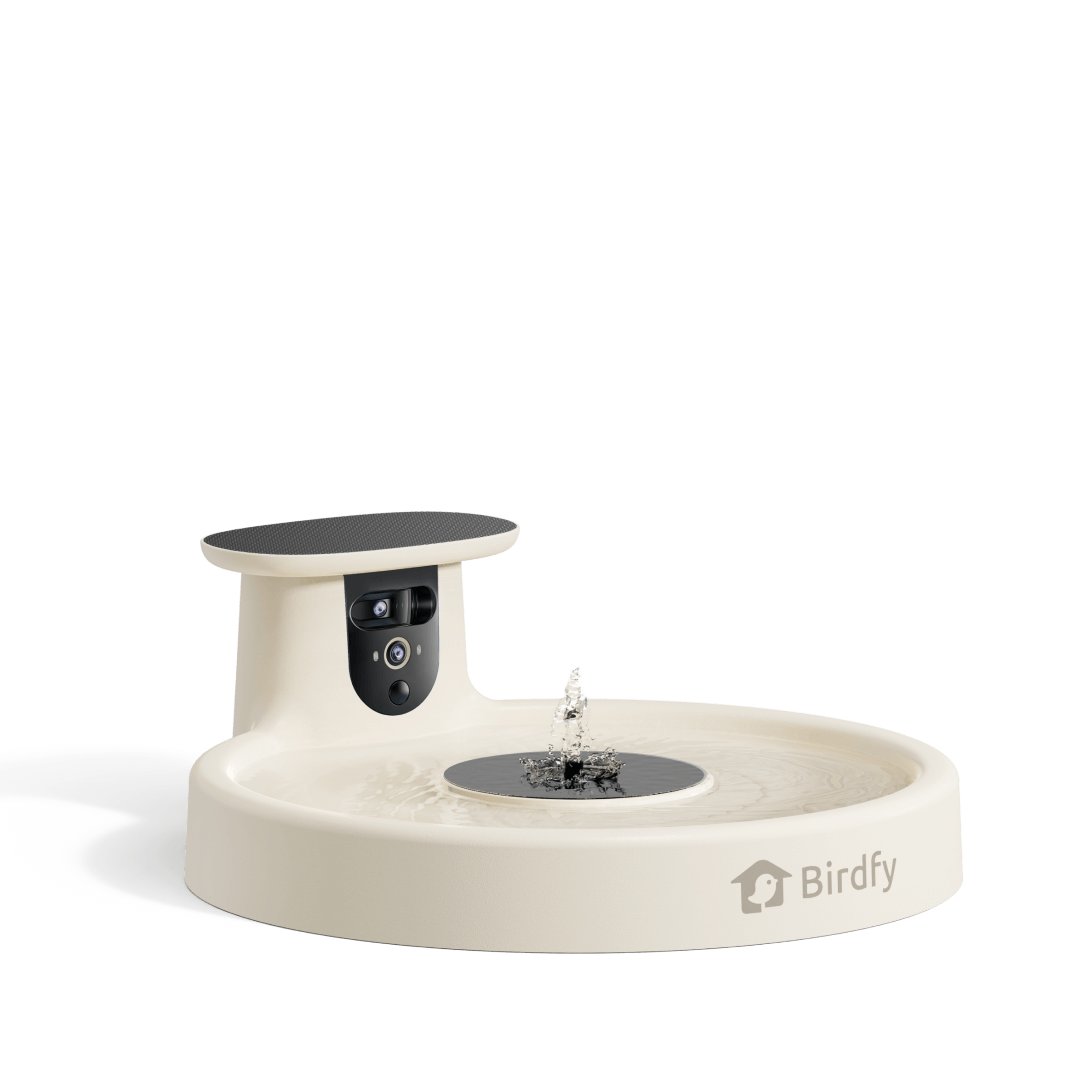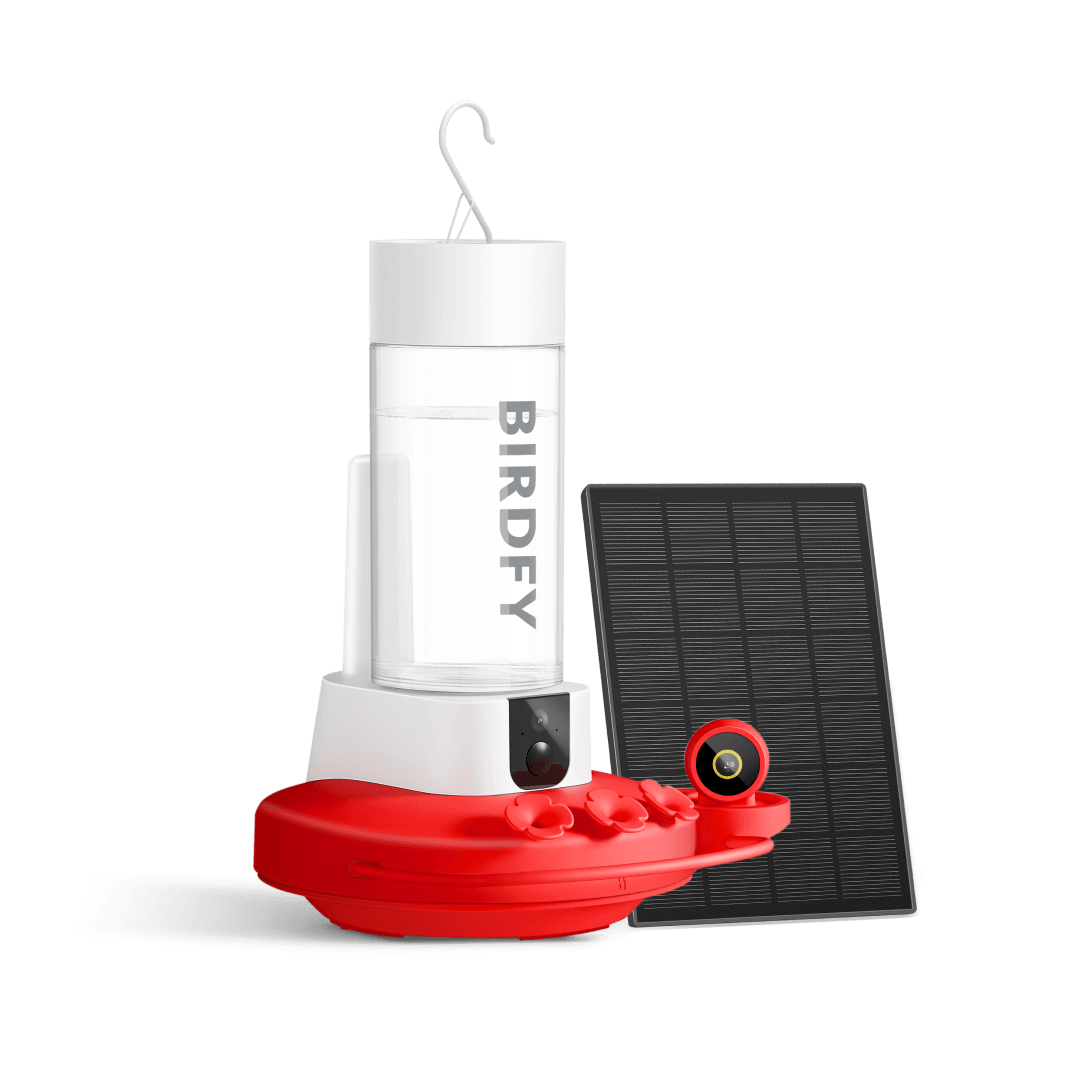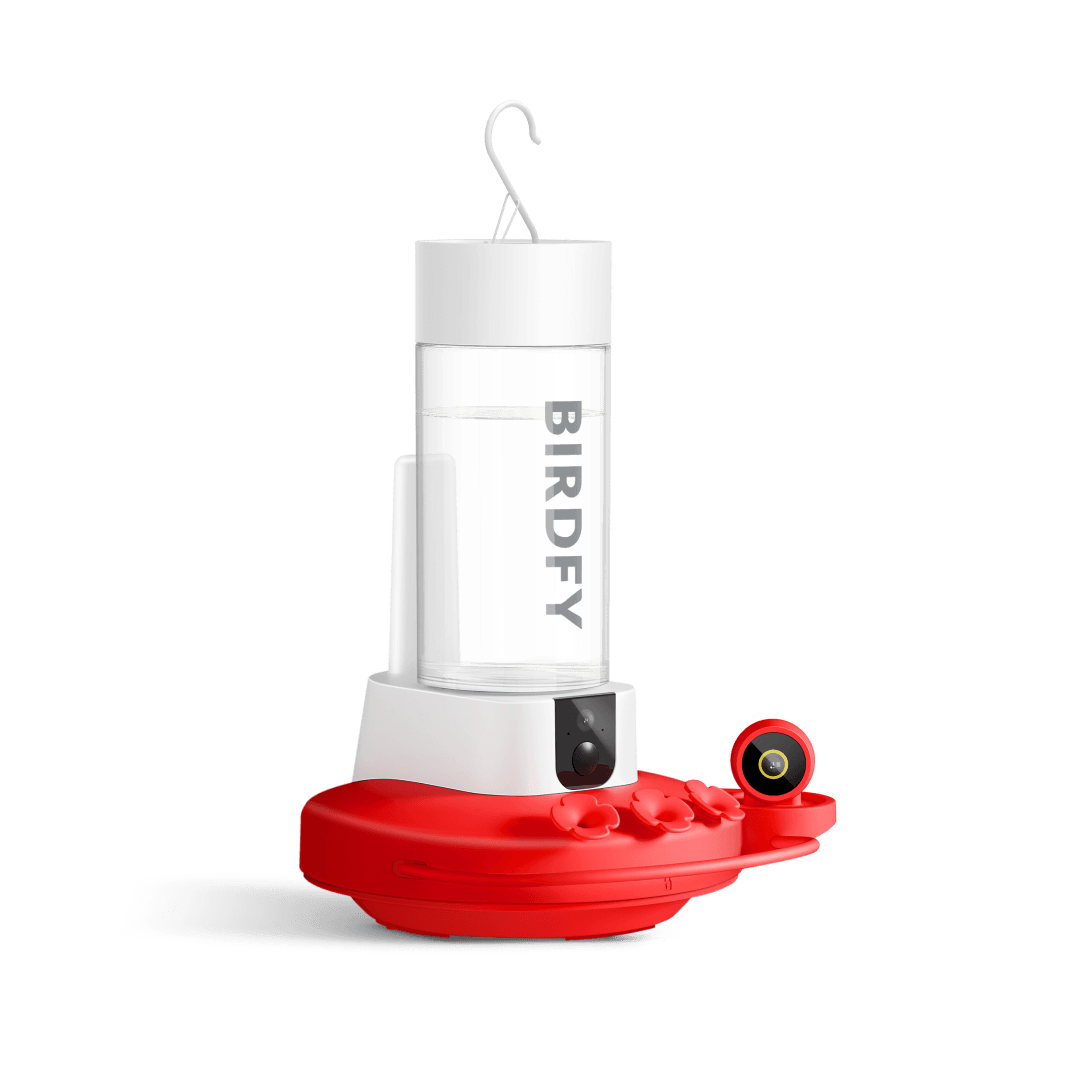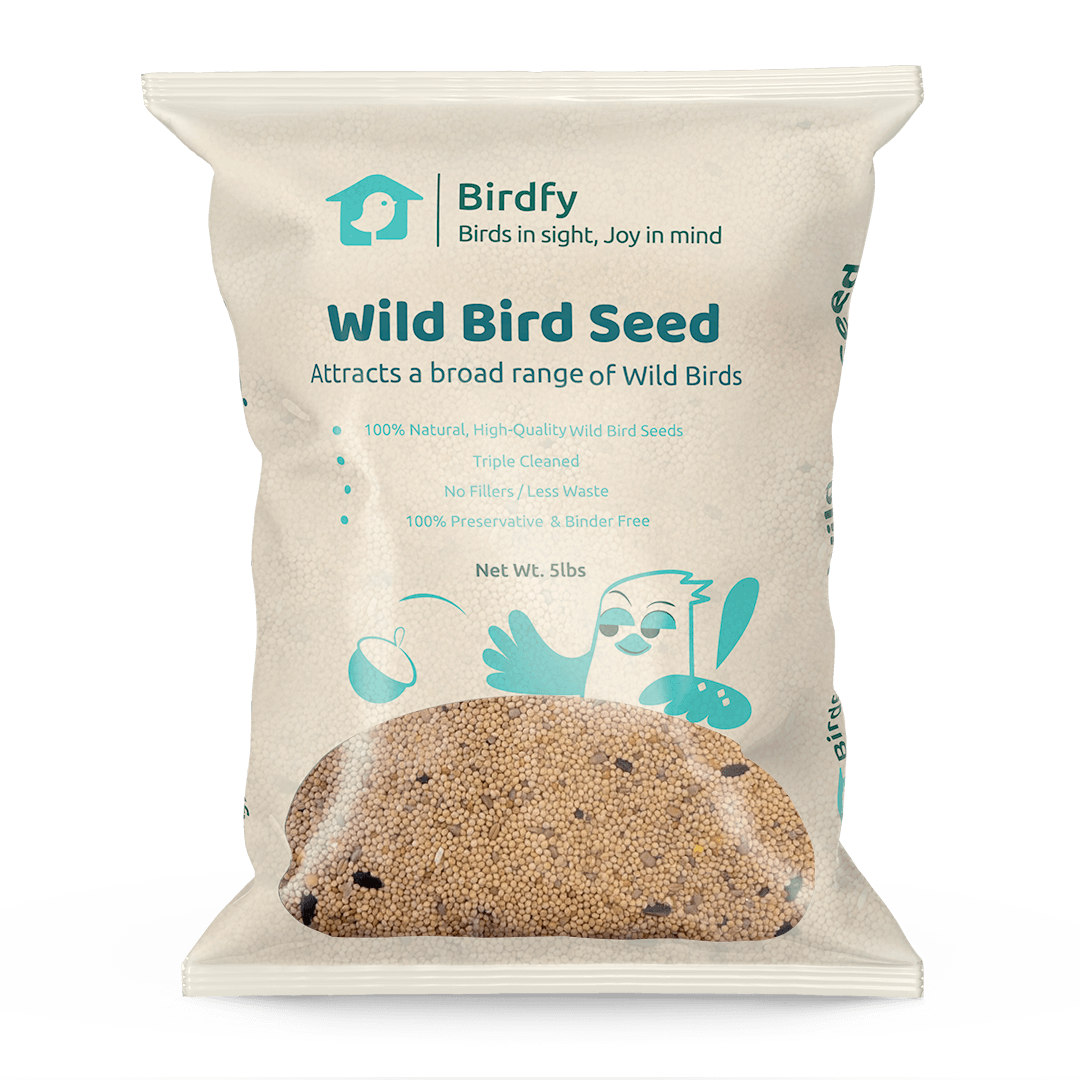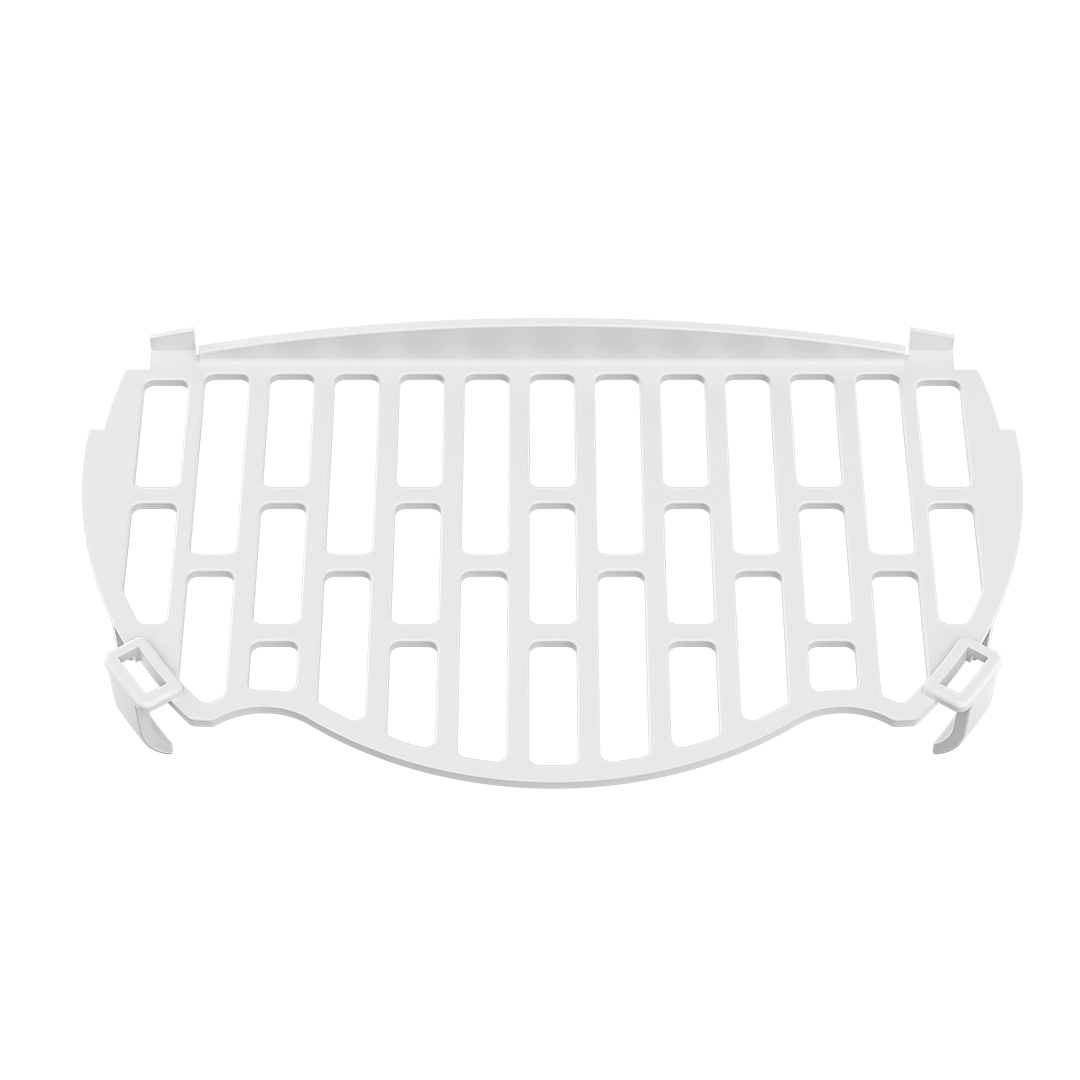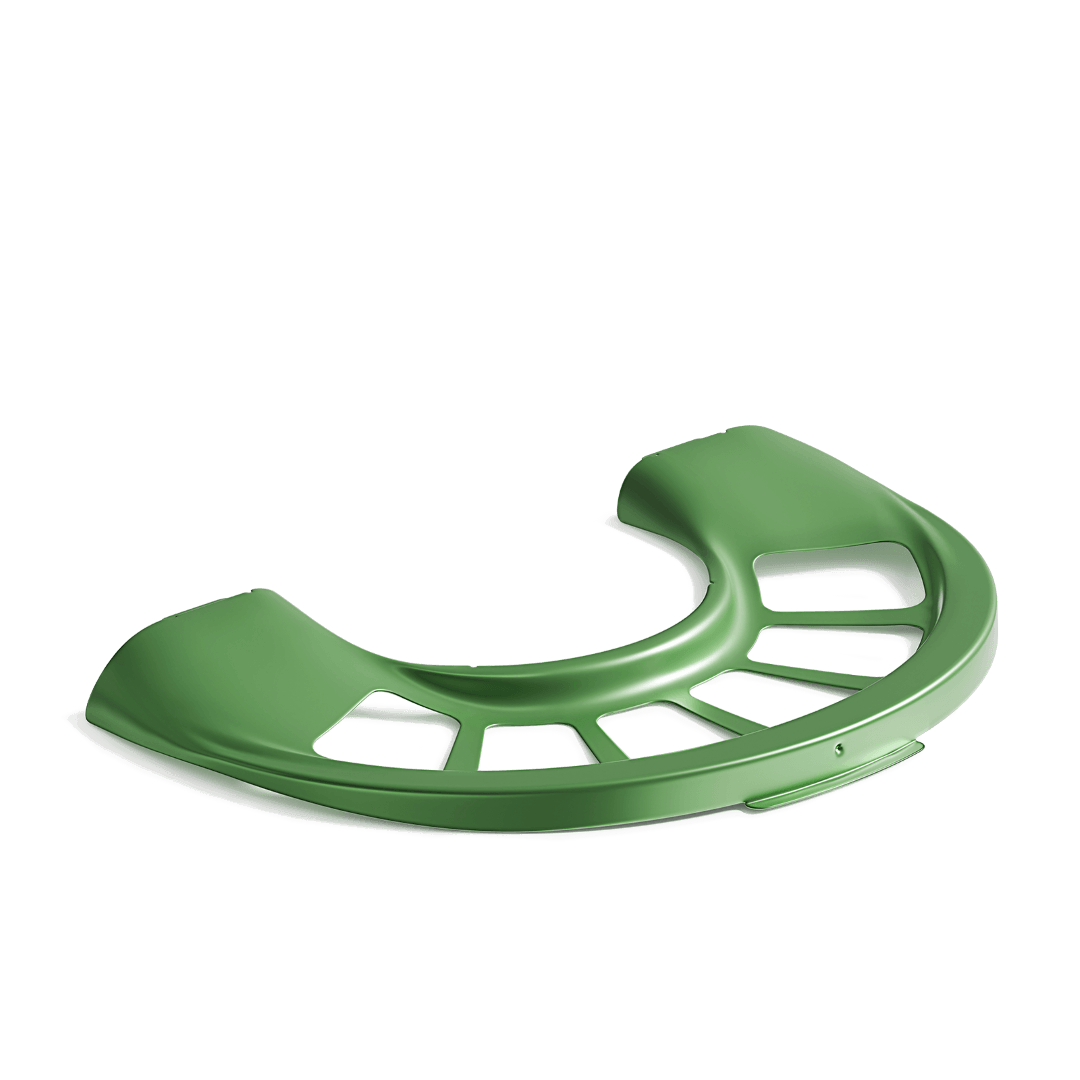"Are birds mammals?" has been debated for a long time. Here we'll examine "Why can't birds be considered mammals?" Is there any birds that are mammals? What are the key differences and similarities between these two types of animals?
First, let's start with the answer: Birds are not mammals. Although both birds and mammals can be found all over the world, birds are Aves while mammals are Mammalia. They have very different physical and biological characteristics. Why is that?
What is a Mammal?
Mammals are vertebrate animals. It is warm-blooded, and constitutes the class Mammalia. Based on its reproduction, they are further classified into three broad groups: egg-laying mammals; marsupial mammals that carry their young in a pouch, such as kangaroos and koalas; and placentals that carry their young within the mother's body, such as cats, dogs, and humans.
Characteristics of Mammals
Let's explore more about the characteristics that distinguish mammals from other animals!
Hair or Fur
Mammals have hair or fur to cover their bodies, which not only keep them warm in cold environments, but also help with camouflage,
mating, and even communication. For example, sheep have fur all around their bodies.
Mammary Glands
Mammals have mammary glands that produce milk to
feed their young. This separates mammals from other types of animals. For example, think about the most commonly seen creature when we mentioned milk: cow, and of course, human!
Live Births
When it comes to
reproduction, most mammals give birth to live young rather than lay eggs. In this way, it is easier for parents to care for their young, so that their offspring would be healthier, stronger, and more adaptive to various environments.
Warm-Bloodedness
All mammals are endothermic, or warm-blooded. Warm-blooded animals maintain a constant body temperature through consuming food metabolic processes in the body or physical activities. They have the ability to maintain a stable internal body temperature regardless of external environmental conditions.
Advanced Brains & Highly-developed Senses
Mammals have a highly-evolved nervous system. Their complex brains allow for advanced cognitive functions, such as problem-solving, communication, and social behavior. In addition, they have highly-developed senses such as sight, hearing, smell, and touch, which allow them to navigate their environment and hunt for prey.
Why Birds Aren't Usually Considered Mammals
By far, you might still be curious why birds can't be considered mammals, since some of the mammals also give birth by laying eggs...
So how are birds and mammals different? The reasons lie in their unique physical characteristics, reproductive strategies, and evolutionary history of birds.
Birds have feathers but not fur or hair
Yes, birds have
feathers, but this is different from the mammal's fur or hair all around their body and maintaining a suitable body temperature. Feathers are unique to birds and provide insulation, protection, and the ability to fly. They are made of keratin, the same protein that makes up hair and nails in mammals, but the fact is that not a single mammal has feathers.
Birds lay eggs similar to some monotremes like the platypus and echidna
Birds all lay eggs to reproduce. Bird eggs have hard, calcified shells for protection. And bird typically incubates their eggs by sitting on them to warm the eggs and reproduce. Although some monotremes are born by laying eggs, they are different.
Birds do not have mammary glands to feed their young
After hatching, bird chicks are often cared for by one or both parents. But birds don't have mammary glands to feed baby birds. Instead, they produce a nutritious substance called crop milk in their crop, a specialized part of the digestive system. They will find food outside like bugs, and seeds to feed young birds.

Brain Size and Structure
Birds have smaller brains than mammals, but they are still highly specialized and complex. Compared to mammals, bird brains are better at visual processing and wrose at the smelling.
Birds can fly
Being able to fly distinguishes birds from all other animals except insects. Flight requires a specialized body structure and a good metabolism to maintain the energy of flying.

Respiratory System
Birds have a special breathing system that gets more oxygen from the air than mammals do. They have nine air sacs that work like bellows, which are used to keep air moving in one direction through their lungs.

Birds have beaks instead of teeth
Unlike mammals, birds have beaks instead of teeth. The shape and size of a bird's beak match its diet and lifestyle. Different birds use their beaks in different ways. For example, woodpeckers use their beaks to make holes in trees so that they can build nests and find insects to eat. Eagles and hawks use their strong and hooked beaks to tear their prey apart.

Are penguins birds or mammals?
Some people think penguins are mammals because they can't fly. However, penguins are birds, not mammals. This is because they have feathers, lay eggs, and have beaks. In contrast, mammals have fur and usually give birth to live young. Even though penguins can't fly, they are excellent swimmers and use their wings to move in the water. They also have other birds' characteristics, like being warm-blooded and having a high metabolism, which help them to live and to stay active in cold environments. Therefore, even though they might look a bit different from other birds, penguins are definitely birds.
Are bats birds or mammals?
Why are bats mammals but not birds? Many people might be curious about it since bats can fly like birds. The answer is that bats have fur, give birth to live young, and feed them with milk. On the other hand, birds have feathers, lay eggs, and do not produce milk. Bats have wings that are made of skin all over their long fingers, while birds have wings with feathers. Therefore, although bats can fly, they are still mammals.

Are birds and mammals alike?
Are birds and mammals related? Birds and mammals are both amniotes, which lay eggs on land or keep them inside the mother. This group was divided into two main branches about 312 million years ago. One branch became mammals, and the other became reptiles and birds. Even though they ended up taking different paths, birds and mammals have a lot in common.
Endothermic (warm-blooded)
Both birds and mammals are endothermic, meaning that they can regulate their body temperature internally, regardless of the external environment. This ability allows them to maintain consistent energy levels and remain active even in varying temperatures. They can inhabit a wide range of climates and environments.
Vertebrates
Birds and mammals are both vertebrates, meaning they all have a backbone or spinal column. This structure supports their body and protects the spinal cord, allowing for greater mobility and complex movements. It also plays a crucial role in their overall body structure and function, contributing to their ability to thrive in diverse environments.
Four-chambered hearts
Red and white blood cells
Both birds and mammals have red and white blood cells, which are used for carrying oxygen and fighting infections. Red blood cells transport oxygen from the lungs to the rest of the body, while white blood cells are crucial for the immune system, protecting against diseases and infections.
Advanced brains
Also, both birds and mammals have advanced brains. This allows them to learn, solve problems, and remember information. This cognitive ability enables them to become the most successful animals on Earth.
Parental care:
Most importantly, both birds and mammals care for their young a lot, which seldom happens among many other groups of animals. Mammals nurse their young with milk from their mammary glands, while birds feed their young with regurgitated food. Similar to how humans feed our children and care for their growth, birds build their nests for laying eggs and provide shelter and protection for their offspring, as well as seek food for their them every day. It is a very lovely and interesting process to observe. You can learn about the lifecycle of birds, their reproductive strategies, and how they care for their young. This allows you to appreciate the diversity and complexity of nature.
-
If you are interested in observing and learning about birds firsthand, you can try to observe this process by using
Birdfy Nest a smart birdhouse with dual HD close-up cameras and AI recognition to help you observe birds' nesting and hatching.

Birdfy Nest
The Birdfy Nest is designed to provide a natural environment for birds to build their nests. It's made from eco-friendly materials! Safe for birds! And it contributes to a sustainable environment.
The product encourages birds to engage in their natural nesting behaviors, offering observers a unique opportunity to learn about bird nesting and hatching processes. It's also easy to install in your backyard, garden, or balcony and can attract a variety of bird species. The Birdfy Nest is more than just a home for birds! It's a gateway
to understanding and appreciating the wonders of avian life.
Conclusion
In conclusion, birds are not mammals, and they have unique characteristics that set them apart. While they share some similarities with mammals, such as advanced brains and parental care, they are a separate class of animals.
Birdfy works harder for bird feeder cameras to help you observe and know more birds when feeding. Let's follow Birdfy to know more about these beautiful feathers!
More Resources
To learn more interesting fun facts about birds, please read our following blogs:











